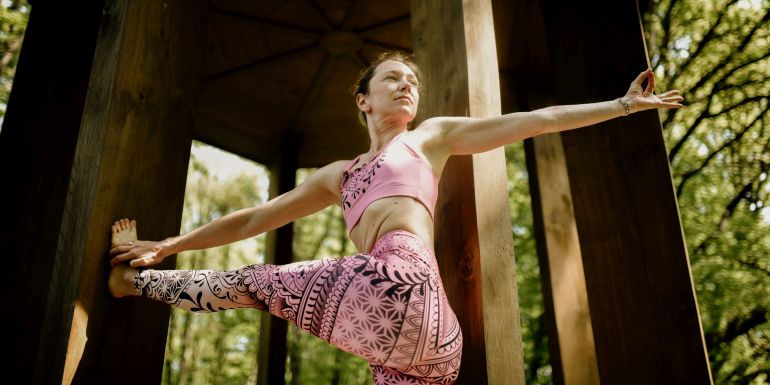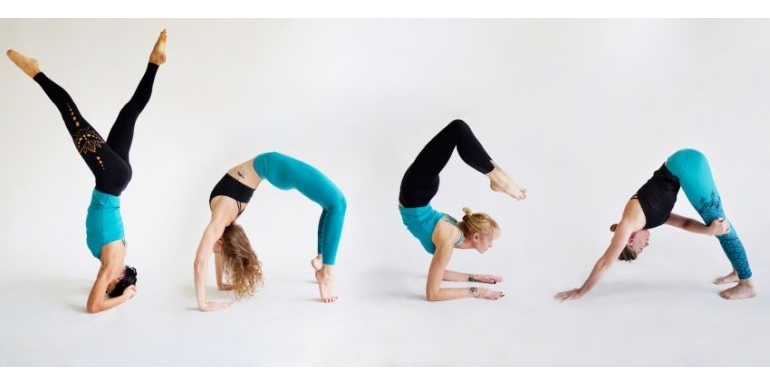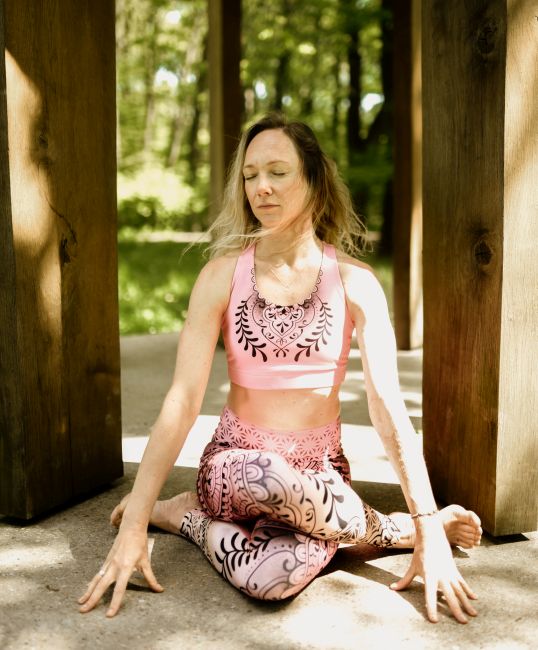Compatibility and connectivity
Everything has a beginning, including yoga. When exactly? We do not know. The first material evidence of figures in postures that are also known to modern yoga practitioners dates back to around 3000 BC. They were found in the area inhabited by one of the oldest civilizations on Earth, in the Indus Valley.
Does this mean that it was the beginning of the unique phenomenon that we now call yoga? Certainly not. Material traces, including textual ones, tell us about what could have started much earlier, was practiced and disseminated over the years.
The oldest written work that deals with the practice of yoga is from around the 2nd-4th century AD. Yoga Sutras attributed to Patanjali. It is on this message that modern yoga schools are most often based.

The Yoga Sutras show yoga as an eight-fold practice:
1. Yamas - moral principles:
- ahimsa - non-harming,
- satya - truthfulness,
- asteya - lack of desire for what does not belong to us,
- brahmacharya - abstinence
- aparigraha - no need to possess.
2. Niyamas - rules of conduct:
- saucha - purity
- santos - contentment,
- tapas - zeal, zeal,
- swaghjaja - self-improvement,
- isvara pranidhana - submission to the will of a higher being/energy.
3. Asanas - physical practice of postures.
4. Pranayama - breathing exercises.
5. Pratyahara - withdrawal of the senses.
6. Dharana - concentration.
7. Dhyana - meditation.
8. Samadhi - concentration, a combination of individual and universal consciousness.
Following the eight-step path brings a person closer to the most balanced state of both body and mind.
Yoga migration
Before the practice of yoga reached Europe, it was known mainly in cultural circles associated with Hinduism and Buddhism. Thanks to these religions, elements of yogic practices reached the countries of the Far East. Whereas, the 20th century was a time of rapid development of yoga in Western countries. The 19th-century colonization of India by Great Britain enabled Europeans to come into contact with the culture of the East. Fascination with this culture caused its propagation both in Europe and then in America.
What is yoga?
The practice of yoga has changed over the centuries and its philosophy and practice were formed. Different paths have been followed in yoga.
Today, in the Western world, yoga is most often a fitness-oriented practice, although there are many groups that try to follow all the principles of the eightfold path.
But yoga is not only the pursuit of physical balance. Yoga is primarily a very coherent system, striving to maintain a free and calm mind. A method for an insightful, balanced and careful self-knowledge and striving for harmony with what surrounds us.
Can yoga still develop?
It would seem that millennia of yoga development have completely run out of the possibilities offered by its practice. However, the human mind and the ideas that form within it are limitless. In addition to traditional types, such as Hatha yoga, Ashtanga Yoga, Vinyasa Yoga, Kundalini Yoga, Iyengar Yoga... we find such as Air Yoga, Acro Yoga, or practices based on asanas, referring to yoga practice, but individualized and combined with other disciplines, or any other type of movement. In the latter case, we will find, for example, Dance Yoga or Animal Yoga (here is a link to Natalia BOHO https://bohostudiowroclaw.pl/grafik).
Yoga practice can be both a goal and a method. The goal of balance or harmony, or the method to achieve them. Whichever reason we choose, it will be worth the effort put into yoga practice.









Leave a Reply Cancel Reply